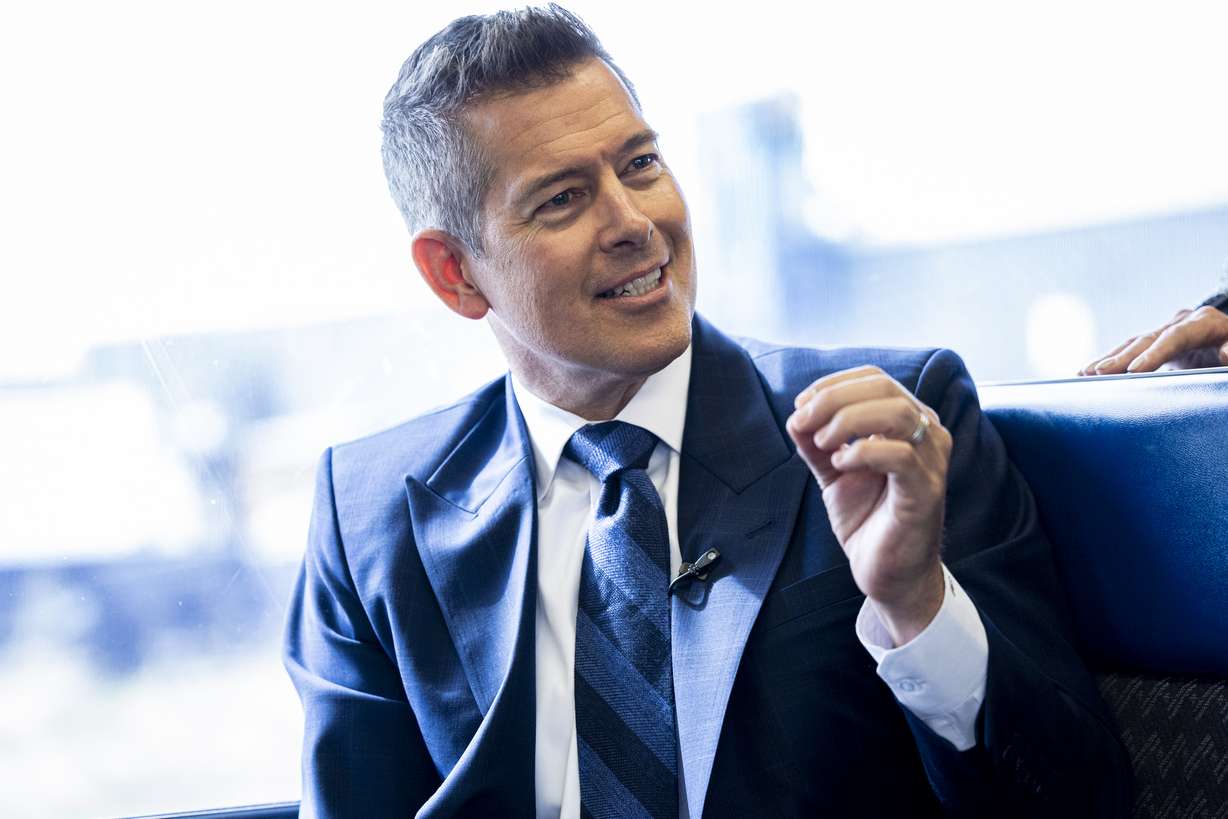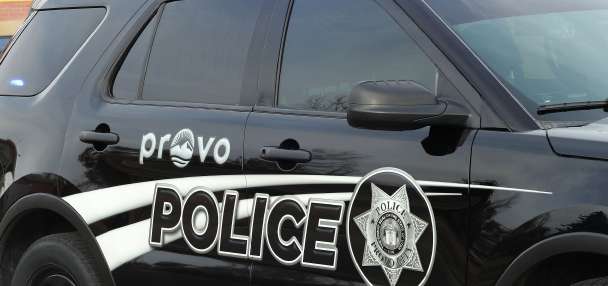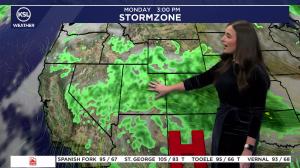Estimated read time: 4-5 minutes
- Federal funding for Utah's FrontRunner project remains uncertain amid administrative changes.
- Transportation Secretary Sean Duffy supports transit investments, citing Utah's commuter rail as a model.
- Utah leaders continue advocating for federal support, emphasizing regional growth and Olympic preparations.
SALT LAKE CITY — Whether or not Utah will receive hundreds of millions of dollars from the federal government to help complete a vital FrontRunner project remains in question after a shift in presidential administrations.
However, U.S. Transportation Secretary Sean Duffy says he believes in investing in transit projects like Utah's commuter rail service that currently links Ogden to Provo, especially as the Wasatch Front continues to be one of the fastest-growing regions in the country. While he says transit is sometimes seen more as a partisan issue, he believes it's an investment that communities would like to see as they grow.
"I look at what you guys have done in Utah, and it appears you guys are doing it the right way," he said. "You might be an example for other communities to look at as a case study on how they can do it, and do it better."
Duffy spoke after joining Sen. John Curtis, Rep. Celeste Maloy and a handful of state leaders and transportation officials on a short FrontRunner ride between Salt Lake City and Murray as he toured what the train has to offer. It followed several meetings between the federal agency and state leaders over transportation infrastructure needs earlier in the day.
Utah is growing, and the federal government plays a role in helping growing communities plan out infrastructure needs, Duffy explained. At the same time, he said the U.S. should also explore "the right investments" as Salt Lake City, Utah and the whole country prepare to host the 2034 Winter Olympics.
That's where he sees a benefit in helping fund projects that enhance Utah's commuter rail service, as well as other transit projects.
"I want to invest in great train transit projects — the ones that are on budget, that are clean, that are safe, that move people, that actually have projections on ridership and actually meet those projections or exceed those projections," he said.

FrontRunner was one of the key topics the two sides talked about earlier in the day, including the status of federal funding for Utah Transit Authority's plan to double-track the line in certain areas, according to members of Utah's delegation. The $966 million project would help increase train frequency by as early as 2029, creating 15-minute service during peak weekday commute times and Sunday service.
Utah leaders allocated $300 million, while President Joe Biden's administration proposed allocating nearly $317 million toward the project in 2023. However, then-Sen. Mitt Romney said the federal government was "sort of slow-walking it" later that year.
Romney has since left office, while the Biden administration was replaced by President Donald Trump's administration after last year's election. The Trump administration has drastically slashed spending since taking over in January, but Curtis told KSL.com after the ride that he's still advocating for the FrontRunner double-tracking spending.
"We're still working that through," he said, adding that Monday's meetings centered on building those types of negotiations. "There were lots of conversations about that (and) the Olympics," he said.

UTA and the Utah Department of Transportation — which helps oversee long-term transit planning — are already working toward completing the engineering work on the project before the two agencies plan to apply for a capital improvement grant program toward the end of this year, added UDOT executive director Carlos Braceras, who was also part of the meetings.
Duffy didn't make any promises during the trip, which Curtis said wasn't a surprise. The fact that he was willing to visit Utah a little more than two months after being sworn in "tells you something," he added. Braceras said he left the meetings feeling encouraged, especially as the two sides look to form a relationship.
In the meeting, they talked about the state's unique demographics, including how a vast majority of the state's population lives along the Wasatch Front, so that Duffy had a better understanding of the region's growth and the project request. The state also presented Duffy with project efficiency reports as it hopes to secure funding.
Those conversations could help Utah's case when it applies for grant money. Maloy said she was also taking notes on the conversations, which she planned to send back to Reps. Burgess Owens and Mike Kennedy, both of whom serve on the U.S. House Transportation and Infrastructure Committee.
"We think we're competing with one other transit district around the country for this, and we're farther ahead and I think we have a much better project," Braceras said. "Am I worried about it? I'm always worried about it until I have the money in my wallet, but I'm pretty confident that we're going to be successful on this."













